Room histories
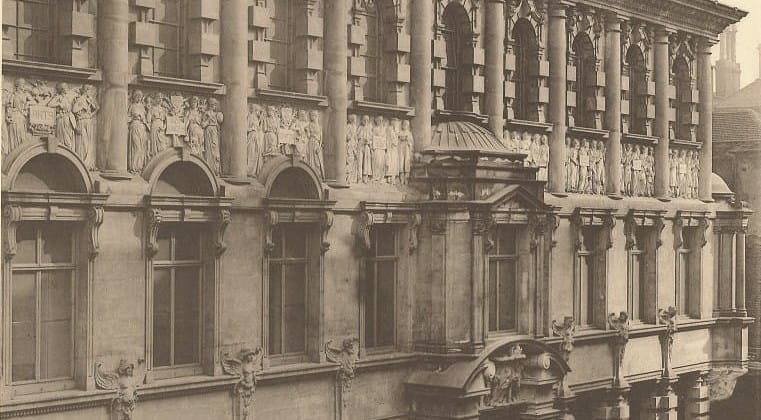
Chartered Accountants' Hall history
A history and overview of the Chartered Accountants' Hall building, home to ICAEW since 1893.
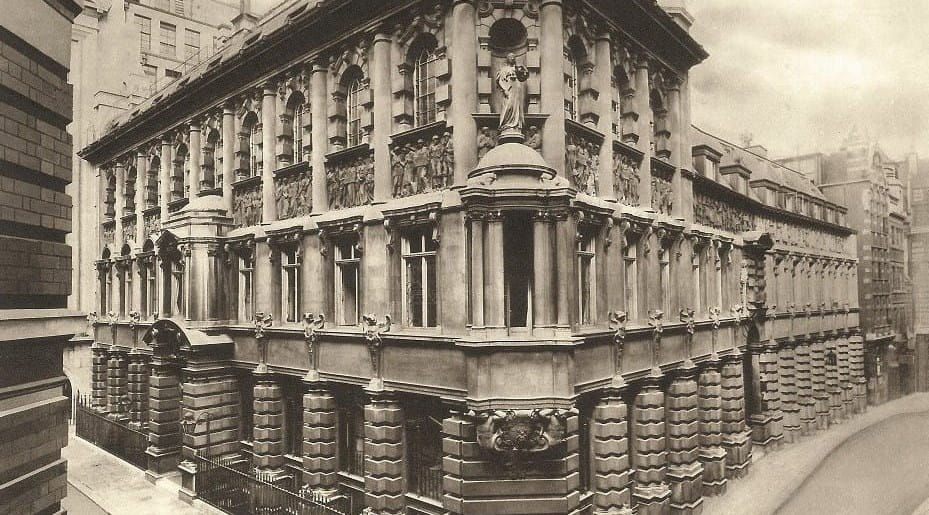
Frieze
Find out more about the series of decorative figures which surround the exterior of Chartered Accountants' Hall, carved by four celebrated sculptors.
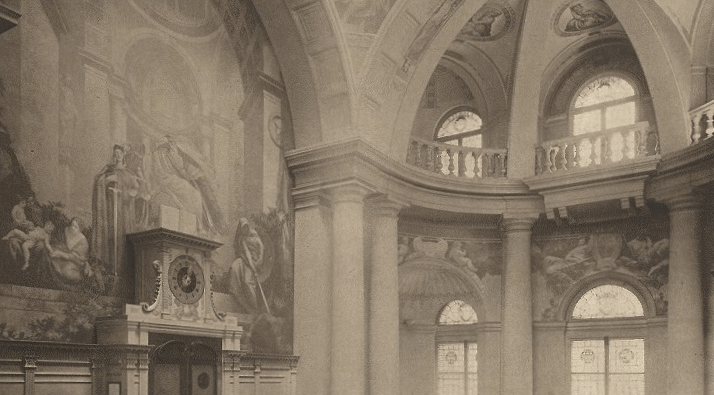
Main reception room
The Main Reception Room is the focal point of One Moorgate Place with its impressive domed glass ceiling and colourful stained-glass windows.
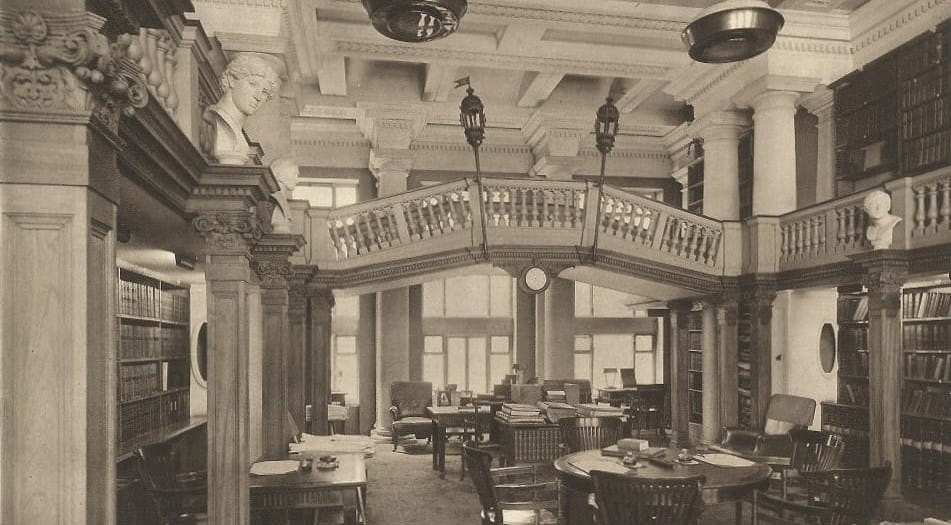
Members' room
Based on his love of Italy, Sir John Belcher designed this iconic and charming space featuring a balustrade bridge in the style of the Rialto Bridge in Venice.

Great Hall
A history of William Whitfield's award-winning Great Hall at Chartered Accountants' Hall, home to ICAEW since 1893.
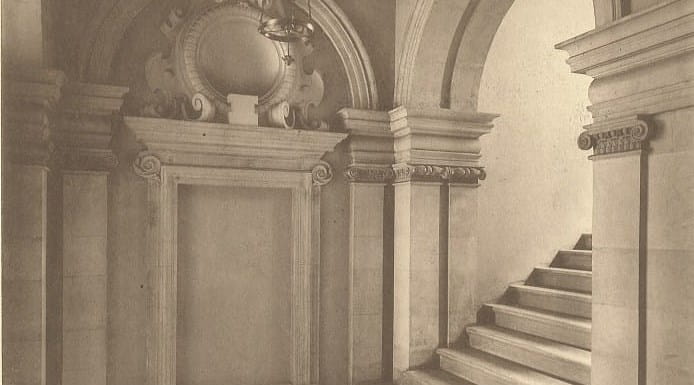
Entrance Hall and staircase
John Belcher's grand hallway design and imposing staircase at Chartered Accountants' Hall was inspired by the Italian architect Alessi's ornate Palazzo Cambiaso in Genoa.
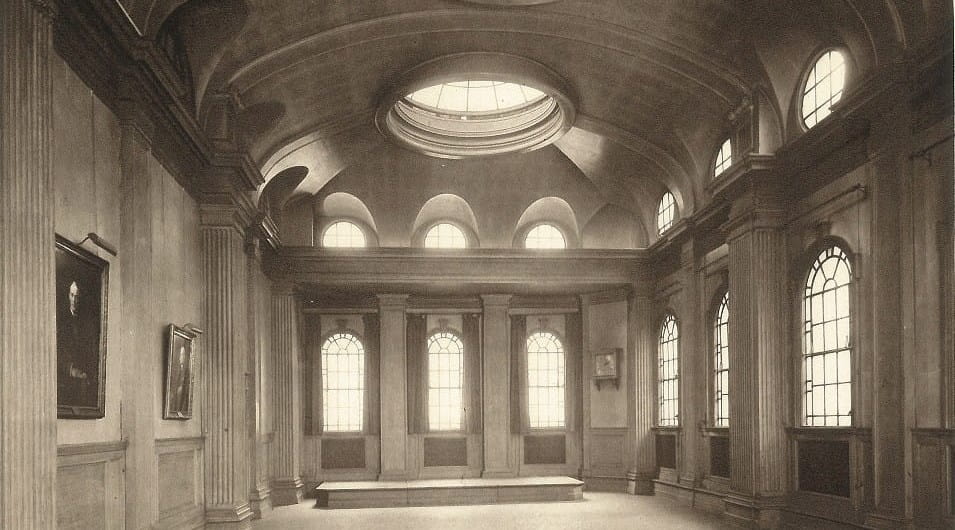
Auditorium
A history and overview of the Auditorium (formerly the Examination hall) at Chartered Accountants' Hall, home to ICAEW since 1893.
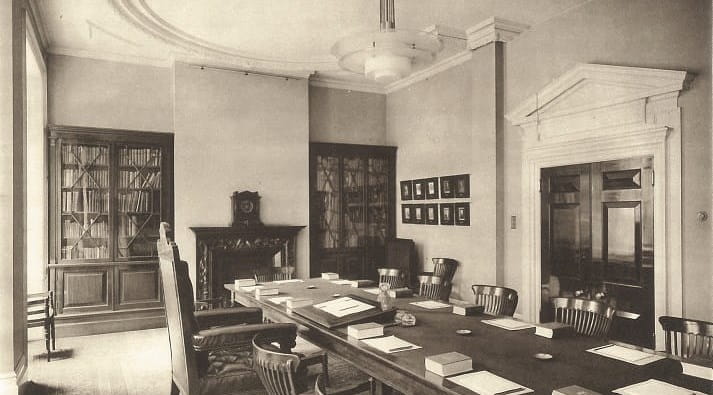
Small reception room
This elegant room conveys restrained luxury through its Arthur Stevens fireplace, eighteenth and nineteenth century furnishings, chandelier and historic paintings.
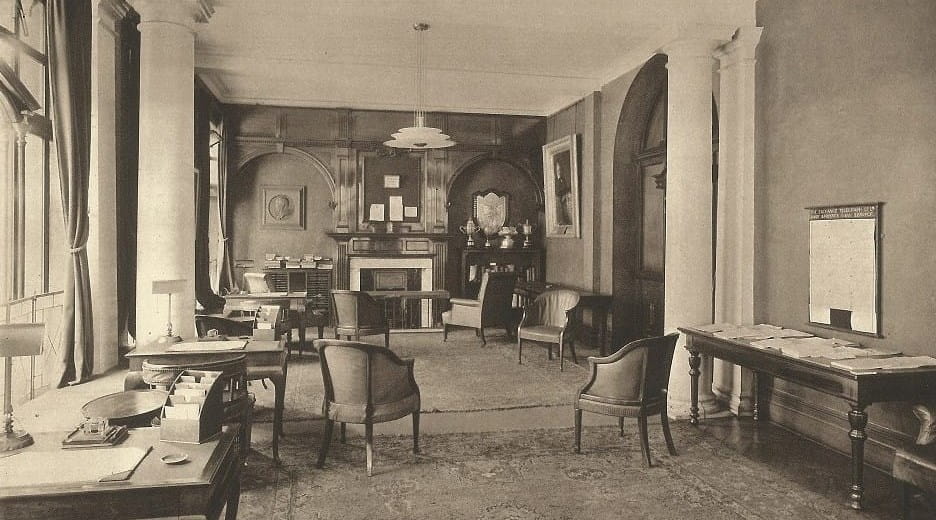
Business centre
A history and overview of the Business centre at Chartered Accountants' Hall, home to ICAEW since 1893.

